#roundworms
Text
February 11th, 2024


The Worm (Caenorhabiditis elegans)
Distribution: Found in temperate regions worldwide.
Habitat: Terrestrial; lives in humid soils with moderate oxygen contents and low-to-medium clay contents.
Diet: Microbivorous; feed on bacteria that lives in soil and on rotting vegetation, but can also feed on various species of yeast.
Description: C. elegans is aptly nicknamed "the worm" because it is a very common laboratory model; in fact, it's used as the model organism for all eukaryotic organisms! These worms are very easy to study due to the transparency of their body, as well as their limited number of cells, having only 131 cells in their entire bodies. They were the first multicellular organisms to have their entire genome sequenced (as they only have 6 chromosomes and approximately 20,000 genes). Common research on these worms include the processes of embryogenesis, development, disease and aging (especially in the form of programmed cell death). By understanding how their genes are involved in the aging process, we can hopefully have a better idea of the processes involved in human aging, too!
Most of these worms are self-fertilizing hermaphrodites, though males are also present (composing only about 1/1000 worms). Though their anatomy is quite simple, they do possess a simple brain and nervous system (one third of their cells are neurons). They're also capable of rudimentary learning, as well as using chemoreceptors to orient themselves, and respond minimally to light (living in dark environments, they don't have much need for good eyesight).
Image by K. Bradnam and gif by Bob Goldstein.
34 notes
·
View notes
Photo
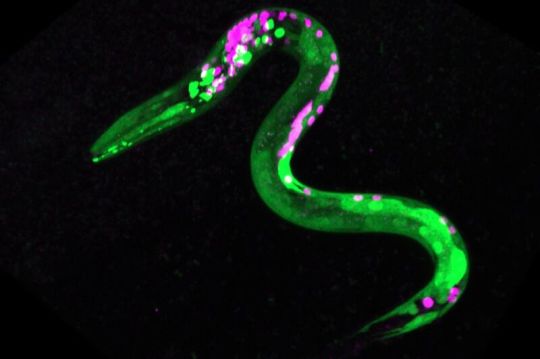
(via Give roundworms some weed and they’ll get the munchies, study finds | Ars Technica)
science
6 notes
·
View notes
Text
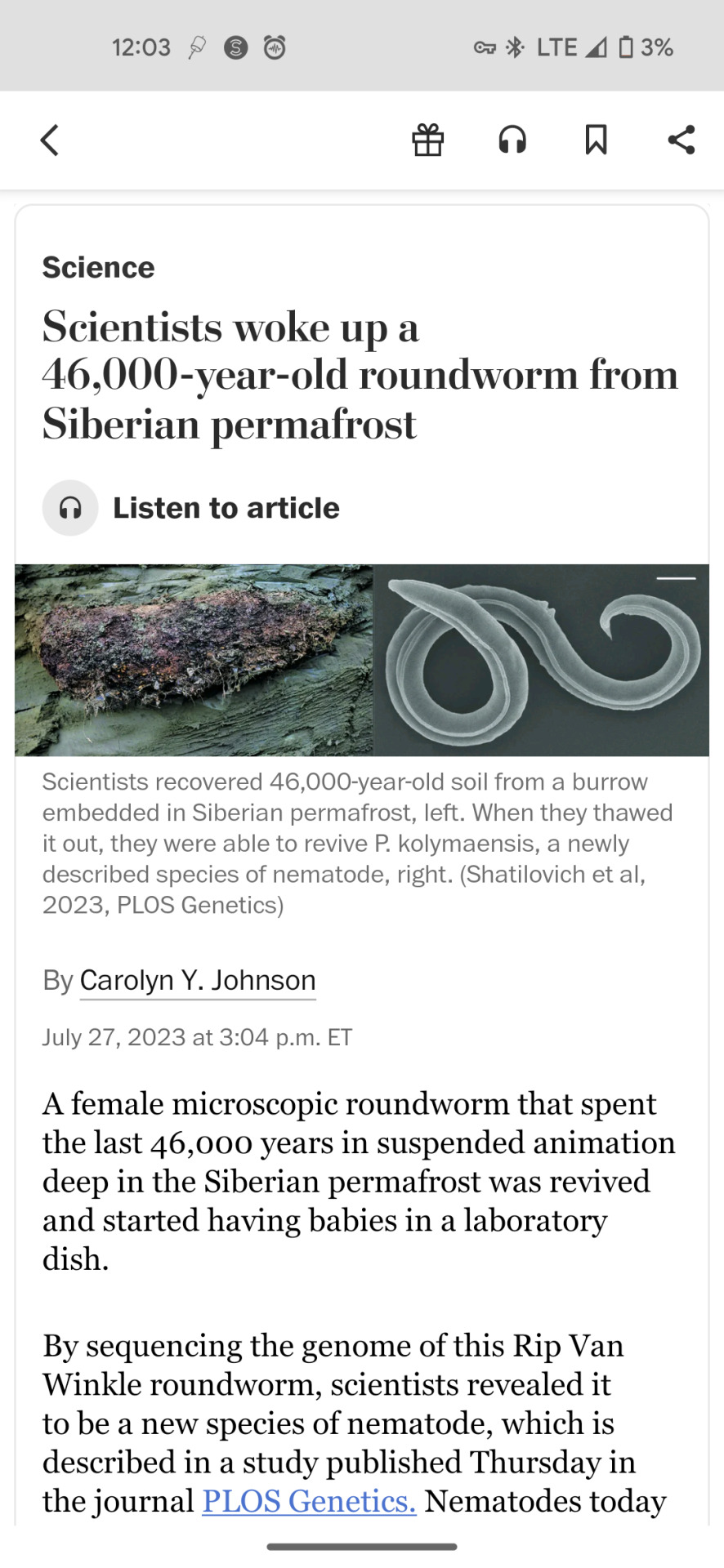
HEY WHAT IF WE DIDN'T DO THAT
3 notes
·
View notes
Photo

Cat Poop Cookies II
These party-worthy showstoppers are fantastic. Add peanuts, ramen noodles, coconut for tapeworms, or roundworms for ramen. For an even more shocking effect, you could drizzle melted chocolate over the scoop.
3 notes
·
View notes
Text
I am quite a happy man with the newest addition to my collection- a roundworm.
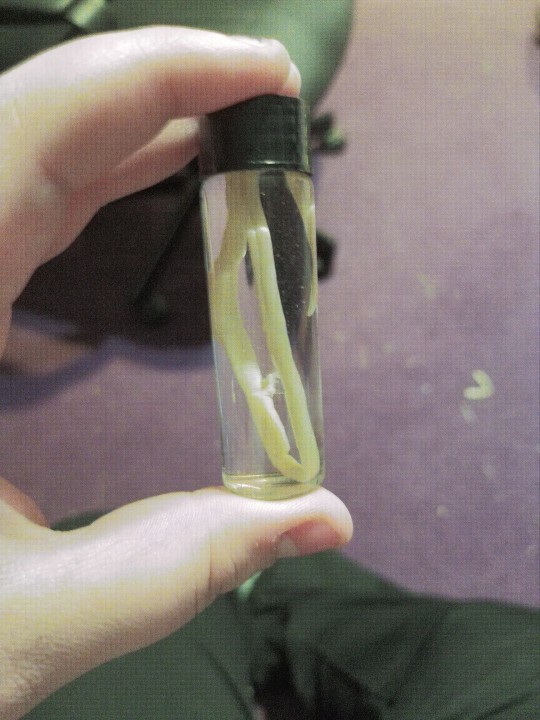
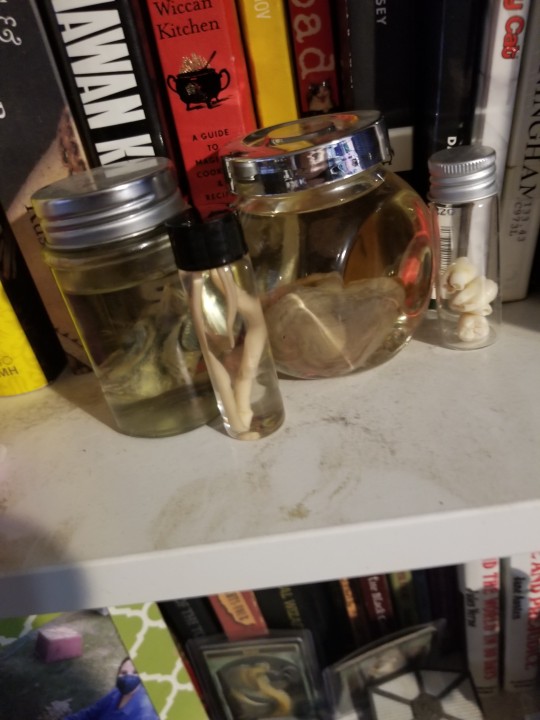
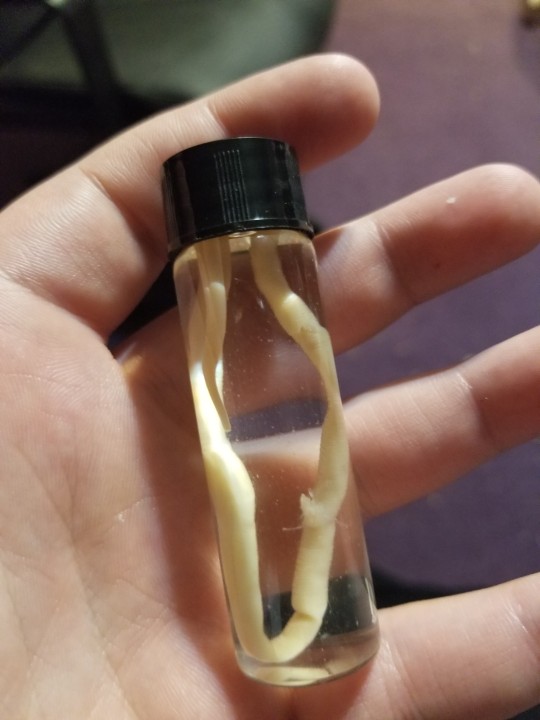
#we hyperfixating#what would you do for wet specimens#wet specimens#pov mad scientist#mad scientist#mad science#wet specimen#parasite#roundworms#tw death#gothic science#sciencecore
4 notes
·
View notes
Text
Noodle Recipe
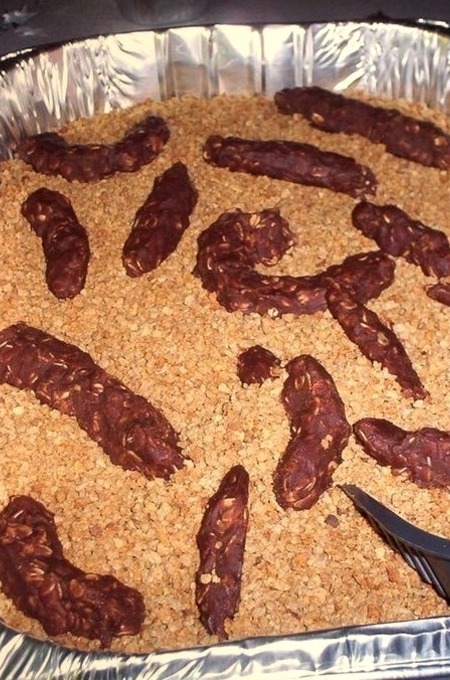
These showstoppers are great at parties. For added effect, mix in coconut tapeworms ramen noodles roundworms, or peanuts. You can also coat the scoop with melted chocolate for a startling effect.
0 notes
Text
Milbemax for dogs is an effective allwormer for the prevention of heartworms and treatment of various intestinal worms. It treats and controls internal parasites including roundworms, hookworms and tapeworms in dogs. This affordable oral treatment is ideal for preventing mixed infections in dogs and protects them fatal heartworm disease. It is safe to use in dogs and puppies over 2 weeks of age.
0 notes
Text
Scientists Wake Roundworm Frozen in Siberian Permafrost for 46,000 Years
0 notes
Text
Revolution Plus for Cats 3 Doses

Revolution plus is a multi-spectrum product which treats fleas , ticks, heartworm and worms. Revolution plus is packaged in 2 variations, one for 3 doses and other for 6 doses. This product can break life cycle of fleas and also helps in prevention of hookworms, and tapeworms. Tradepetproducts also offers free shipping and for urgent requirements, we also offer express postage. Check out our store for further treatments and supplements.
0 notes
Link
#All-naturalsolution#Ansérinevermifuge-Mkhinza#Digestivehealth#Gentleonthebody.#Herbalformula#Hookworms#Naturalingredients#Parasiticinfections#Roundworms#Tapeworms
0 notes
Text
I'm gonna ruin apple cider vinegar for you
#my bs#sauti_science#science#biology#nematodes#nematoda#roundworms#worms#vinegar#apple cider vinegar#vinegar eels
1 note
·
View note
Text
Roundworms
Roundworms are usually found in tropical and subtropical regions of the world. They can thrive in a human being's intestine for a long period of time and cause digestive issues and other symptoms.
https://rx2go.com/strongyloidiasis-infection/
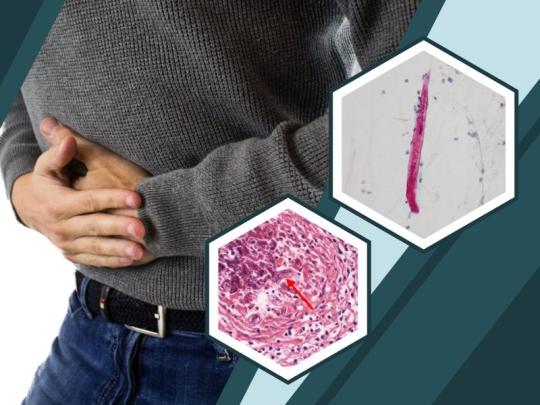
0 notes
Text
INDIA IS RANKED NO 1. IN MILK PRODUCTION CONTRIBUTING 23 % OF GLOBAL MILK PRODUCTION .
RUMINANTS & FARM ANIMALS ARE THE PRIDE OF OUR COUNTRY.
CLOVENTAL
"BEST WEAPON AGAINST FLUKES , ROUNDWORMS & MYIASES"
#milkproducton#globalmilk#ruminants#farmanimals#clovental#flukes#roundworms#myiases#milk#world#india#milkproduction#dairyfarm#cows#farm#cow#cheese#dairy#vegan#food#farming#farmlife#agriculture#instacow#dairyisscary#dairyproducts
0 notes
Text
my roommate found a ‘worm’ in her bathroom and we were like WTF IS THATTTTT bc it was very obviously not an earthworm and it didn’t look like any other kindsa worms i’ve seen so i was trying to ID it. turns out its just one of the smallest snakes in the world which i didnt know existed until 5 minutes ago. behold. the brahminy blind snake
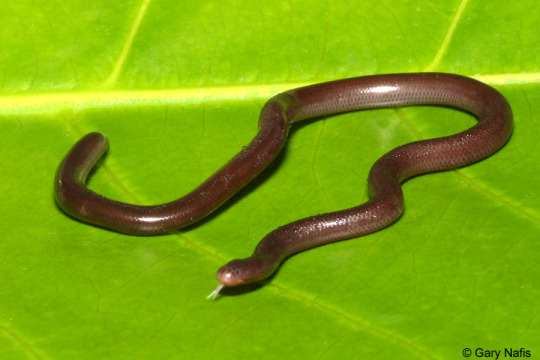

neither of these are my pics but the one on the right looks identical to what i saw except the one i saw was smaller. it’s non-native to my area which is unfortunate but apparently they’ve been here since like. the 70s. anyways just need to share this snake with as many people as possible i had NO idea these were a thing. i <3 learning new things
#snakes#animals#cro talks#i thought it was a flatworm or a roundworm at first. but it’s just some guy!
168 notes
·
View notes
Text
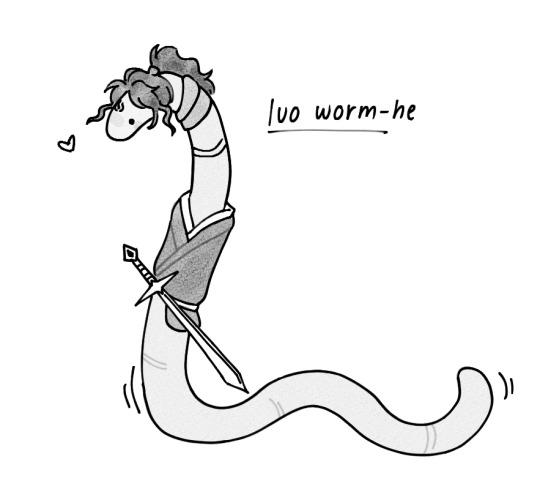
do you guys care him…. 🐛🐛🐛
#he’s just an earthworm i’ve drawn too many nematodes in the last two days to draw him as an actual roundworm#yes sqq still loves him as a worm#svsss#scum villains self saving system#lbh#luo binghe#wormhe#my art tag
657 notes
·
View notes
Text
More parasite research!
What are parasites?
Parasites are organisms that feed off of another organism and use them for their own gain. They give no benefit back to the host or the organism it steals from. Most times they harm their host back in surviving.
More details are present in a previous parasite page I wrote, but parasites can be classified into three types.;
Ectoparasites are external parasites that appear as bugs most times. These include fleas, bed bugs, ticks, and mites.
Helminths are worm-like parasites that almost always live in your GI tract. They are visible most times at adult size. These are flukes, tapeworms, and roundworms most times.
Protozoans are single celled organisms and will most often be internal. They aren’t visible unless you use a microscope and travel like bacteria or viruses. They are also often in the blood or flesh tissues.
What are endoparasites and their two subcategories?
An endoparasite is one that lives inside the body of its host. This would include Helminths and Protozoans, but not Ectoparasites*.
* Fun fact is that ecto means external/outside and endo means internal/inside if you need to remember through prefixes.
Most parasites are endoparasites. However, there are two further classifications:
Intercellular are helminths or the worm parasites. They inhabit the body of the host, in whichever tissue (or major bundle of cells) they find fit.
Intracellular are protozoans or the single celled parasites. They inhabit the cell(s) of the host such as red blood cells. They are incredibly small.
Examples of endoparasites:
Roundworm
Roundworms live in your intestines and can be over a foot long at adult length. They often appear pink or white with tapered off ends. Most times you will not notice symptoms unless it is a severe infestation. Their maturation process takes two to three months and they live for about two years. They only need one host.
How they travel is through your lungs, bloodstream, and intestines. They start as microscopic eggs that you swallow. The eggs travel through your stomach into your small intestine where they hatch. Once the eggs hatch and grow into larvae, they will travel to your lungs through your bloodstream or lymphatic system. They will stay inside your lungs for one to two weeks and during this time you might experience coughing or other breathing issues. After they develop into stronger larvae, they will travel to your throat where you will cough them up, then swallow them back down into your small intestines where they will stay until they die.This could give the symptoms of abdominal pain, nausea, vomiting, and diarrhea. Clusters of them might also make you have sudden weight loss, malnutrition, or actually seeing them in your stool.
Most times they will not be lethal or severe unless they are in heavy infestations. Clusters can lead to slower growth due to malnutrition, intestinal blockages or bleeding due to them blocking off the area or pressing on the area too harshly, and then covering up ducts to your pancreas or liver which will prevent them functioning.
Tapeworm:
Tapeworms live in the intestines, but in inactive states they can live in many different parts of the body such as the brain, liver, lungs, heart, or eyes. Tapeworms are a type of flatworm.There can be no symptoms or wildly varied ones depending on where they are in the body and how large the infestation is.
Tapeworms need two separate hosts to live through their entire lifespan. The first host is called the immediate host and most times these are animals such as cows, pork, and fish. The second host is the definitive host and this is often a human. There are also cases of human to human transmission.
Their life starts as microscopic eggs, sometimes on the food of animals or grass. The animal would eat them from vegetation or their food source and the eggs would travel to the intestines where they would hatch. Once they grow into a larvae, they will travel through the bloodstream into the muscles where they will form a protective shell and remain in the muscles. The animal will then often be killed and their meat will be eaten by a human. If the meat is undercooked or raw or not properly stored, the larvae (now in their larval cysts stage with their protective shell) will travel through the second/definitive host or the human’s body until they reach the intestines. Then, they will mature into an adult tapeworm and attach to the intestine walls. This is the traditional and full life of a tapeworm along with being the main reasoning behind finding tapeworms.
The other tapeworm related infection are the larval cysts. In the stage listed above, their goal is to make it to the intestines to grow into adults, but sometimes, the blood stream leads them away and they stick to other organs (listed first paragraph) where they form cysts. If the cysts burst, the tapeworms are spread further and most times they are overlooked as they are hidden within the body.
In traditional lifespans of tapeworms, where they live in the intestines, they will often not be lethal and at most cause anemia, blockages, and allergic reactions in larger quantities. If the larval cysts travel or get stuck, they cause more severe issues like damage to nerves, inflammation, excess fluid build up, and bacterial disease. This can lead to disease killing the organs.
Hookworm:
Hookworms live in the small intestines and are soil transmitted parasites. They have a hooked head, giving its name, and appear pale gray or pink. They are mainly blood feasting through the intestines. Most worms live one to 5 years with exceptional specimens living over fifteen years. Most times many worms will infect a person and most die within the first year, leaving the other worms more room to survive.
Their lifetime starts from an infected person’s intestines. When the host defecates, most times into the soil, it lets the worms escape the host’s body and the eggs are laid with the stool. From there the eggs hatch and they mature into larvae. The main way they infect other humans is by penetrating human skin when humans walk barefoot through infected soil. The other way they infect a human is through them ingesting the larvae. Either way, both end up traveling through the circulatory system to the lungs, then they are coughed up. Once they are coughed up into the mouth, they are swallowed into the stomach, then they mature in the intestines.
No symptoms will be shown if they are swallowed. If they penetrate the skin, no symptoms will be shown minus a slight rash on the foot that was penetrated. If it is a small infestation, you won’t show signs for years. If it is a larger infestation, you may develop anemia over time and gastrointestinal issues. Lack of healthy blood cells is the main issue.
Heartworm:
Heartworms are worms that are transmitted by mosquitoes and mostly affect animals, but in rare cases- humans. It affects the heart, lungs, and blood vessels of the host. They are usually a foot long at adult size and quite thin. They live about five years on average.
These worms, like tapeworms, need two hosts (the immediate and definitive). The immediate host is the mosquito that it infects, where the eggs are carried inside of it. When the mosquito bites an animal, usually dogs (can also be cats or ferrets), the larvae travel through the mosquito and land on the bite. They crawl into the open bite by the mosquito and travel through the animal’s bloodstream. It takes six to seven months for the worm to mature into an adult. The worms reproduce and lay the eggs in the bloodstream of the animal, then a mosquito will suck up their blood and carry the eggs to repeat the cycle. They try staying closer to the heart and lungs due to it being a warm, humid, and plentiful environment for them to feast. They will also stay close in the blood vessels.
When the eggs are laid, there are many and most animals will have a large range of heartworms. They are never just one worm, they will always be multiple within the animal. The average is fifteen worms, but the higher numbers range around two-hundred fifty worms (for dogs, they are the main example. Cats don’t have as high of numbers and their worms live shorter lives). This is called a “worm burden” and makes symptoms noticeable due to there never being less than five worms per host. These symptoms are mostly going to be not noticeable or some coughing. In larger cases of worms, fatigue is more present, intense coughing, and cardiovascular organs are altered for the worms. There is also caval syndrome which is when there are so many worms that the heart cannot pump properly, so the blood is backflowed. The blood cells die from lack of oxygen and you can see similar effects in cases of heart attacks.
Dogs are the most vulnerable as they need external help to get rid of them. Some cats can get rid of their heartworms just by their own immune systems and this applies to ferrets too. Humans are rarely affected, but if they are, you need external medical help as our immune systems aren’t strong enough to get rid of them. Our immune systems may detect a threat, but it only makes the area inflamed without getting rid of the worms which causes more issues.
They feed off of the blood of the host and most times will occupy the right chamber of the heart. Some stay near the lungs as well.
The information stated above is mostly for dogs, but in cases of infected humans, the worms almost never mature to adults so they die in the larval stage. The bacteria contained within these worms makes our tissues infected as well, so our immune system attacks it by swelling and inflammation. This makes blood backflow into the human heart. So instead of there being many worms for animals that cause backflow, it is because our immune systems don’t know how to deal with the bacteria left by the larvae. Due to backflow, some people cough up blood when infected.
Whipworms:
Whipworms live in the large intestine of a host. They resemble a whip with their shape and appear yellowish. They live only around a year.
Whipworms are spread through the soil and must always be ingested for them to infect a host. When an infected person defecates in soil, the eggs are spread and laid there. Then, they need to be ingested. This can be done through touching the infected ground and placing your hands in your mouth or by contaminating the produce and the produce not being prepared properly through washing or cooking.
Light infestations have no symptoms, but heavy ones have intense symptoms such as frequent bowel movements with mucus and blood or rectal prolapse. People with weak immune systems can also grow anemic due to nutrients being stolen and growth can be delayed for children. Dogs can also be infected.
Whipworms cause infections to happen in the large intestines due to them latching onto it and having their bacteria spread. This is why bleeding is common as well.
Flatworm/Flukes:
There are multiple different variations of flukes that range from affecting the intestine to the liver to blood to the urinary tract to the lungs. Some are external and others are internal as there are many variations. They are only a few inches and have sharp suckers with teeth. They need a research paper of their own.
Almost all their life cycles revolve around two hosts with the immediate host being an animal (cattle, snail, fish, reptiles, etc.), then being spread to the definitive host, usually a human. They live twenty to thirty years on average and are not trackable until their feeding organ is destroyed (example- you might not know you have liver flukes until your liver is destroyed and cannot filter toxins to keep you alive) with minimal pain.
#helminths#parasites#parasitic worms#parasitic infections#roundworms#flatworms#hookworms#tapeworms#heartworms#mad scientists#mad science#mad scientist#research#my research#documentation#animal sciences#human parasitic infections#intestines#heart#organs#worm parasites#parasite#parasitic#life cycle#be clean people#parasitic infection#endoparasites#hyperfixation#special interest#we hyperfixating
1 note
·
View note